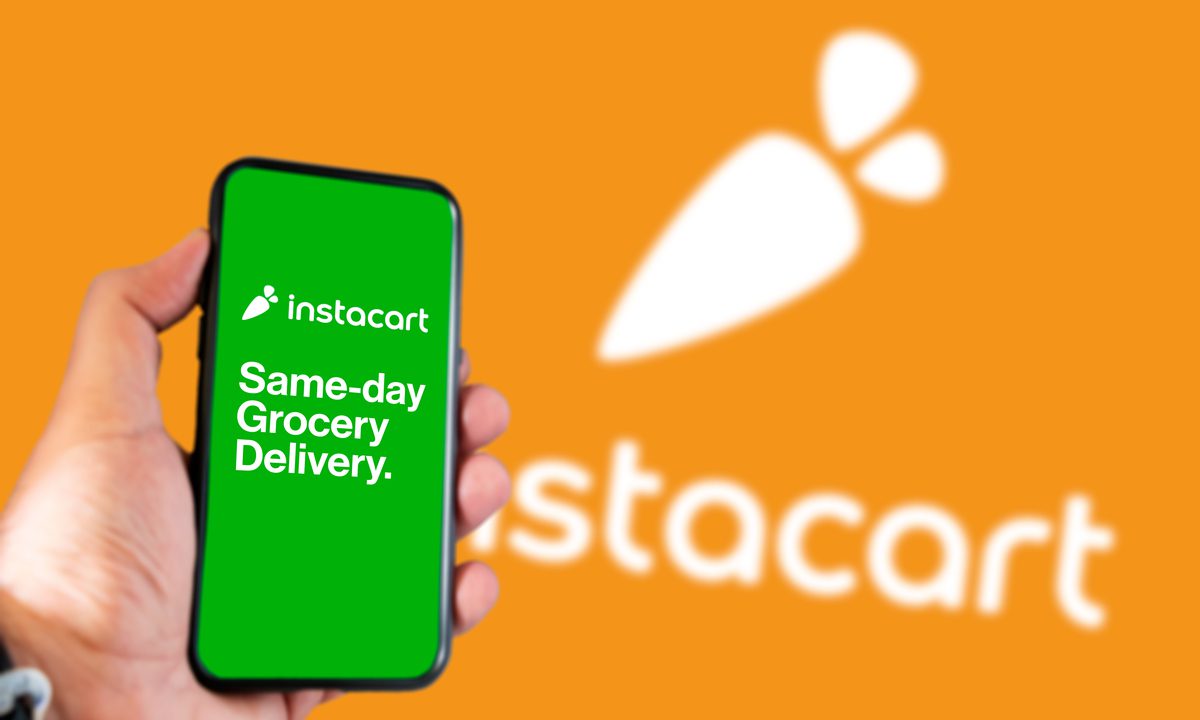Grocers Tap Instacart to Compete With Ultrafast Delivery, but These Partnerships are a Double-Edged Sword

While the bulk of consumers’ grocery shopping remains weighted toward brick-and-mortar, competition for the small but growing online grocery market is heating up. With new startups emerging around the world promising 10- to 15-minute grocery deliveries, and with delivery giant DoorDash getting into the mix with the launch of its own ultrafast option, incumbent grocery brands have to work harder to retain their customers.
In this push to compete, Instacart can be an asset, albeit one that comes with significant drawbacks. On Tuesday (Dec. 7), the online grocery company announced in a blog post that it was rolling out its Convenience Hub 30-minute delivery partnership with Ahold Delhaize to all the grocer’s U.S. brands, which include Stop & Shop, Giant Food and Food Lion. Other grocers providing 30-minute deliveries through the aggregator include Albertsons Companies-owned and Kroger-owned brands, among others.
Read more: Ahold Delhaize Chains Will Offer 30 Minute Deliveries via Instacart Partnership
While these partnerships offer delivery times that are slower than those provided by the new startups, they offer lower prices than many of these competitors, certain inventory advantages (though the convenience partnerships pare the grocers’ offerings down to a significantly more limited selection) and of course the opportunity to seize on shoppers’ existing affinities for these brands. While these factors may be enough to compete with one of the newcomers on the scene, the entry of DoorDash into the space makes an already difficult situation for incumbents even more challenging.
While leveraging Instacart’s capabilities may be crucial for these grocers to compete in the short term, over-reliance has its drawbacks down the line, with Instacart’s dark store explorations suggesting that the company could soon compete with and price out the grocers on the platform. Additionally, consumers’ loyalty to the aggregator often comes at the cost of their loyalty to grocery brands, and by standing in between grocers and consumer data, Instacart is in a position to widen the gap.
“The delivery companies are taking on a lot more than delivery in their future and are picking up some aspects of that customer relationship that many of the grocers had used loyalty to help reinforce over time,” Debbie Guerra, executive VP of on-demand merchant solutions at ACI Worldwide, reflected to PYMNTS in a recent interview. “So it’s going to be interesting to see how that continues to evolve and what it means for … the grocers.”
Related news: Supermarkets Rethink Physical and Digital Aisles for Grocery’s Connected Future
According to data from PYMNTS’ How We Eat Playbook, created in collaboration with Carat from Fiserv, which surveyed a census-balanced panel of more than 5,200 U.S. adults about how their food ordering behaviors have changed since prior to the start of the pandemic, two-thirds of consumers now order groceries online for home delivery.
See also: Up for Grabs: Restaurants and Grocers See Path to Picking up 200M New Customers
That said, ordering for delivery remains far from consumers’ favorite option. Research from PYMNTS’ study, What Consumers Expect From Their Grocery Shopping Experiences, created in collaboration with ACI Worldwide, which surveyed more than 2,300 U.S. adults, found that only 18% of grocery shoppers prefer digital channels to shopping in stores. More specifically, only 8% of consumers’ first choice is buying groceries online and having the products delivered to their house, and just 2% of consumers favor buying online using an aggregator that delivers the products the same day.
You may also like: Digital Features Can Help Grocers Win Over 43 Percent Of Shoppers
